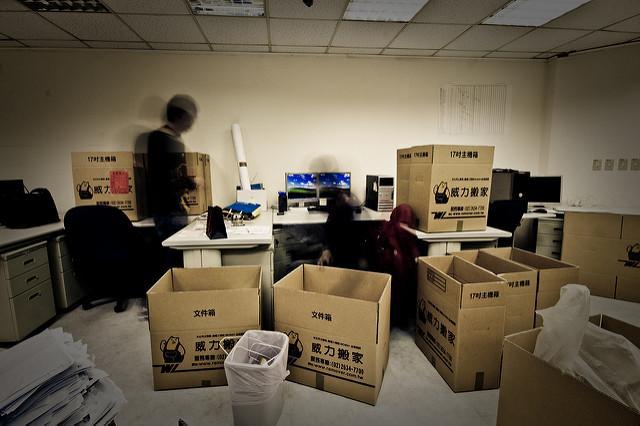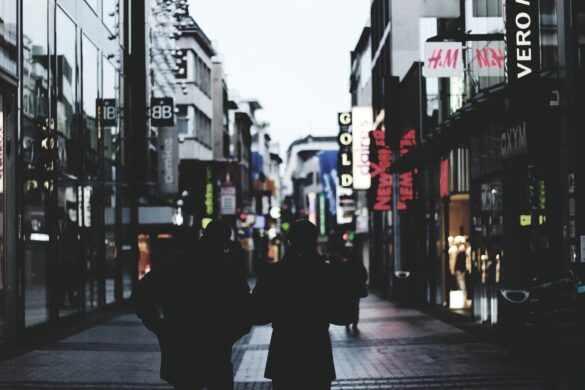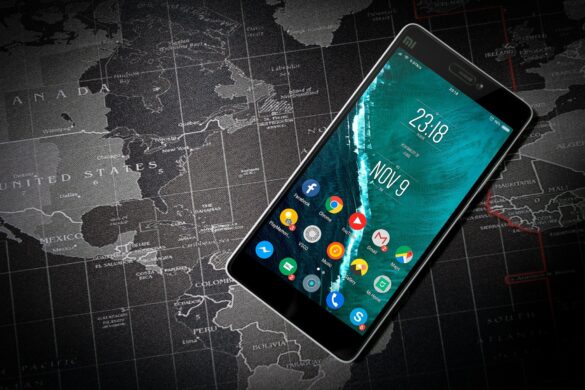Visual merchandising is the key driver behind the sales and success of any retail store. Visual merchandising is essential to curating and cultivating a brand image, and ensuring that consumers have a unique and rewarding customer experience within the store.
With so much riding on successful visual merchandising for any retail store, it is important to stay up-to-date on the latest trends and influences on consumer behaviour. For this reason,
visual merchandising by Sparfacts, play close attention to how the preferences and needs of modern consumers are constantly evolving. Read on to find the latest trends and tactics that will dominate successful visual merchandising in 2019.
Interactive Merchandising
The steady rise of interactive merchandising is expected to continue in 2019, with leading visual merchandisers utilising technology to engage potential consumers. Providing tablets with images of your products for your customers to browse, or arranging for in-store demos, ensures that clients become involved in the shopping experience within any store.
In fact, cosmetics powerhouse MAC, have recently launched a virtual mirror in their leading stores, allowing customers to see what each piece of makeup would look like on their face. All without putting a single drop of makeup on their skin.
The Visual Experience
Industry leaders predict that 2019 will be the year of ‘experiential merchandising’, a term used to describe visual merchandising techniques that aim to enhance the experience of customers within stores. Experiential merchandising therefore goes far beyond product arrangements and displays, and is integral in order to curate and cultivate a brand image.
Experiential merchandising also aims to promote social sharing prompting in-store customers to post their shopping experience online. For example, leading beauty retailed L’Occitane has curated a ‘social media area’ within its flagship store. With a stunning Instagram friendly backdrop and technology that allows the images taken to be featured automatically on their live feed, L’Occitane has curated a visual merchandise experience which encourages their consumers to share online.
Minimalist Design
With the rise of interactive technology and the constant pressure for stores to remain competitive and relevant, it can be easy for inexperienced designers to clutter a store. Visual merchandising requires carefully curating a brand image that is reflected in the store design. Too many decorations and displays can distract from the products or services that the store is trying to sell.
Many leading visual merchandisers are therefore opting for minimalist design. By choosing clean and bright spaces, visual merchandisers draw the attention of potential clients to each product. My incorporating minimalist design, and letting certain areas of your store ‘pop’, you can draw your clients towards your leading products.
Psychology of a Consumer
Successful visual merchandising requires a firm understanding of the tastes and motivations that drive a consumer to make a purchase. ‘Neuromarketing’ is a term used to describe the psychology behind the buying habits and preferences of consumers. Visual merchandisers therefore need to understand the influences that impact on the buying habits of their own target consumers.
Studies have shown that simple cues such as audio frequency, light and certain colours, have an enormous influence on the actions of consumers within a store. In fact, carefully designed and strategic retail lighting, can result in 25 percent of consumers making an unplanned purchase. 2019 will therefore undoubtedly see a rise in visual merchandising that is backed and influenced by scientific behavioural research and data.
~
Modern visual merchandisers are curating meticulous and aesthetically pleasing designs, which encourage consumers to enter a store and make a purchase. By staying up to date on the latest trends in the growing field of merchandising, you can ensure that your brand and sales remain competitive.










